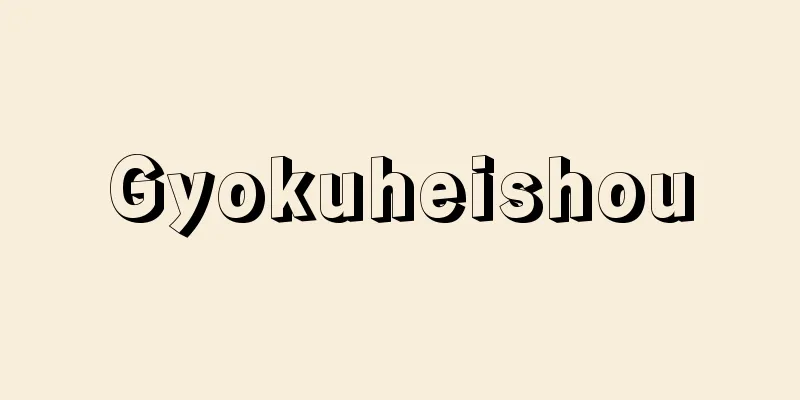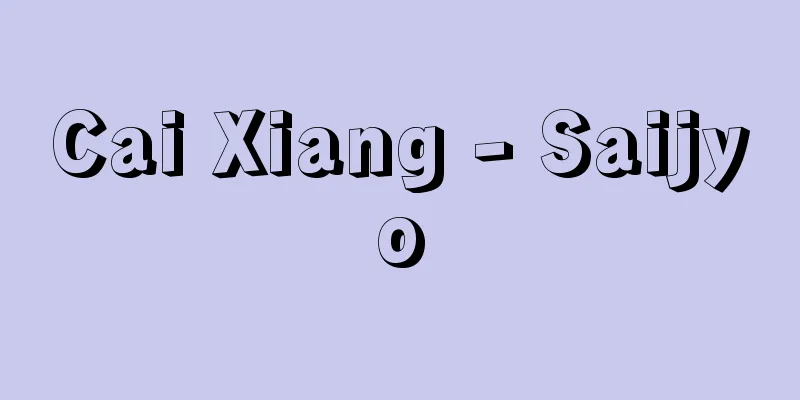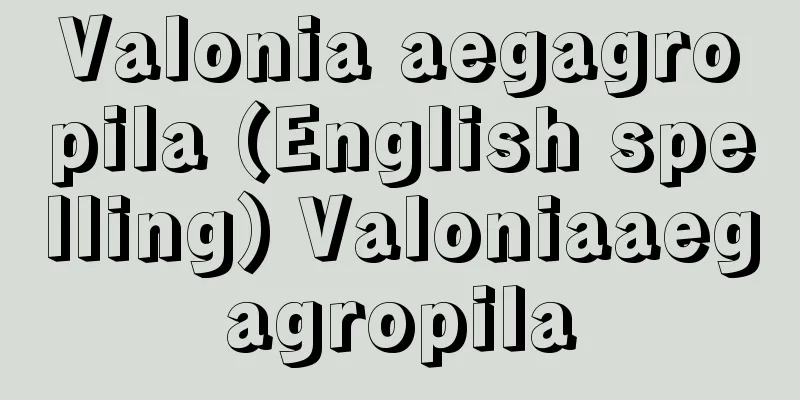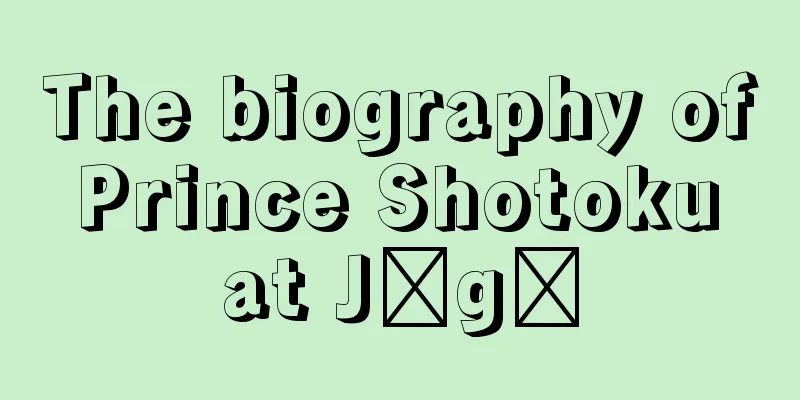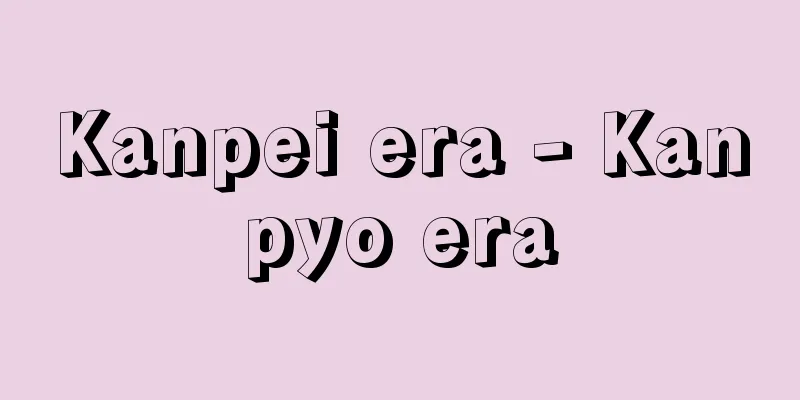British Trades Union Congress - Trades Union Congress

|
The national center of British trade unions. It is abbreviated as TUC. It is a central federation that includes the majority of the major trade unions and organized labor in the UK. As of 1998, there were 75 unions and 6.6 million members. As an organization, it has a strong role as a liaison and coordination body for affiliated unions, and the central control is weak. However, externally, as an organization that represents the interests of organized labor, it has a great influence on the economy, politics, and diplomacy of British society. Founded in 1868, the focus of its early activities was on parliamentary measures, and its main purpose was to obtain legal and social recognition of the trade union movement within the capitalist system. It played a major role in the establishment of the Labour Party (renamed the Labour Representation Committee in 1900 and the Labour Party in 1906) and its subsequent development, and still has a strong voice as the support base of the Labour Party. In 1921, the General Council was established as the central executive body, and the organization was strengthened. In May 1926, the General Council organized a general strike in support of the Miners' Union, but was completely defeated as it could not counter the government that was well prepared. After that, the TUC's influence declined, but it regained strength during World War II as it cooperated with the government in carrying out the anti-fascist war. In 1941, the TUC formed the Anglo-Soviet Trade Union Committee, and played a major role in the founding of the World Confederation of Trade Unions (WCFTU) in 1945. However, as the Cold War progressed, the TUC withdrew from WCFTU in 1949 together with American unions, and formed the International Federation of Free Trade Unions, which took an anti-communist and pro-labor-management cooperation stance. After the Second World War, the TUC grew into a major pressure group on the government. Under the Labour government from 1945 to 1951, the TUC initially supported the government's policies to increase productivity and restrain wages, but by 1950 it had strongly opposed them as the cost of living had risen. Under the Conservative government from 1951 to 1964, the TUC did not cooperate with the government's income policy from the beginning. Towards the end of the Labour government's term from 1964 to 1970, the TUC's relationship with the government deteriorated. In 1969, the government introduced a strike regulation bill to deal with the increase in unsanctioned strikes, but the TUC held its first extraordinary conference in 49 years to criticize the government and force it to withdraw the bill. The Conservative government from 1970 to 1974 collapsed due to conflicts with the TUC over the Industrial Relations Act (1971), which restricted strikes, and the income policy. The Labour government from 1974 to 1979 came up with a policy of integration with the trade union movement called the "social contract," but this also failed in 1978 due to opposition from the TUC. The Conservative government that came to power in 1979 passed the Trade Union Act in 1984, strengthening restrictions on trade union activities. In response, the TUC took a confrontational stance against the government's hard-line line, for example by supporting a long-term strike by the National Mineworkers' Union that same year. However, the 1985 strike ended in defeat, and the TUC's political power waned thereafter. In the 1990s, the social influence of trade unions began to weaken due to a decrease in the number of production workers and changes in workers' attitudes. The Labour government that came to power in 1997 revised the traditional socialist line and took a more centrist approach. [Kenji Tomizawa] "Labour and the State: A History of the British Trade Union Congress" by Tomizawa Kenji (1980, Iwanami Shoten)" ▽ "A History of the British Trade Union Movement" by H. Pelling, translated by Omae Sakuro and Omae Makoto, new edition (1982, Toyo Keizai Shinposha)" ▽ "Contemporary British Labour Affairs" by Inagami Tsuyoshi (1990, University of Tokyo Press)" ▽ "Trade Unions of the World" edited by Hotta Yoshiro (1993, Japan Institute for Labour Policy and Training) [References] | | |Source: Shogakukan Encyclopedia Nipponica About Encyclopedia Nipponica Information | Legend |
|
イギリスの労働組合のナショナル・センター。TUCと略称される。イギリスの主要な労働組合と組織労働者の大部分を包括した中央連合組織。1998年時点で、組合数75、組合員数660万。組織としては加盟組合の連絡調整機関としての性格が強く、中央の統制力は弱い。しかし対外的には、組織労働者の利害を代表する組織として、イギリス社会の経済、政治、外交面で大きな影響力をもつ。1868年に設立され、初期の活動の重点は議会対策に置かれ、資本主義体制のなかで労働組合運動の法律的、社会的承認を得ることが主目的とされた。労働党の設立(1900年労働代表委員会、1906年労働党と改称)とその後の発展に大きな役割を果たし、現在も労働党の支持母体として強い発言力をもつ。1921年には中央執行機関として総協議会が設置され、組織が強化された。1926年5月、総協議会は坑夫連盟支援のゼネストを組織したが、準備態勢を整えていた政府に対抗しえず、完敗した。それ以後、TUCの勢力は低下したが、第二次世界大戦中、政府の反ファシズム戦争遂行に協力するなかで勢力を回復した。1941年には英ソ労働組合委員会を結成し、1945年の世界労働組合連盟(世界労連)の創設に大きな役割を果たした。しかし冷戦の進行に伴って、1949年にはアメリカの組合とともに世界労連を脱退し、反共主義と労使協調の立場にたつ国際自由労連を結成した。 第二次世界大戦後、TUCは政府に対する一大圧力団体に成長した。1945~1951年の労働党政権下では、当初、政府の生産性向上政策と賃金抑制政策を支持したが、生計費が上昇したので1950年には強く反対するようになった。1951~1964年の保守党政権下では、その所得政策に当初から協力しなかった。1964~1970年の労働党政権下の末期には政府との関係が悪化した。1969年、政府は非公認ストの増加に対処するためにスト規制法案を議会に提出したが、これに対してTUCは49年ぶりの臨時大会を開き、政府を批判し同法案を取り下げさせた。1970~1974年の保守党政権は、ストライキを規制する労使関係法(1971)と所得政策をめぐってTUCと対立し、それが原因で崩壊した。1974~1979年の労働党政権は、「社会契約」という労働組合運動との融合政策を打ち出したが、これも1978年にはTUCの反対で失敗した。1979年に成立した保守党政権は、1984年に労働組合法を成立させ労働組合活動の規制を強めた。これに対してTUCは同年、全国炭鉱労組の長期ストライキを支援するなど、政府の強硬路線と対決姿勢をとった。しかし、1985年ストライキは敗北に終わり、その後TUCの政治力も衰えていった。1990年代に入り、生産労働者の減少や労働者の意識変化などにより、労働組合の社会的影響力も弱化し始めた。1997年に成立した労働党政権は伝統的な社会主義路線を修正し、中道路線をとっている。 [富沢賢治] 『富沢賢治著『労働と国家――イギリス労働組合会議史』(1980・岩波書店)』▽『H・ぺリング著、大前朔郎・大前真訳『イギリス労働組合運動史』新版(1982・東洋経済新報社)』▽『稲上毅著『現代英国労働事情』(1990・東京大学出版会)』▽『堀田芳朗編著『世界の労働組合』(1993・日本労働研究機構)』 [参照項目] | | |出典 小学館 日本大百科全書(ニッポニカ)日本大百科全書(ニッポニカ)について 情報 | 凡例 |
Recommend
Morgan, CL (English name) Morgan CL
For example, in Chapter 8 of On the Origin of Spe...
Greenhouse whitefly
A Hemiptera insect of the Aleyrodidae family. It i...
School excursion (English spelling)
...There are cases where a trip lasting less than...
Japan Bowling Congress
...The Leisure White Paper (1993) by the Leisure ...
Voyria
…these are perennial or biennial herbs found in g...
Capuana - Capuana (English spelling) Luigi Capuana
Italian literary critic and novelist. Influenced ...
Tatar City (English spelling)
… When the Qing dynasty replaced the Ming dynasty...
Turandot (English spelling)
The name of a princess who appears in a Persian ta...
Occident (English spelling)
(Originally from Latin, meaning the place where th...
Streaming potential
This is the potential difference that occurs alon...
Cats are not allowed - Cats are not allowed
Rodenticide. Contains about 8% yellow phosphorus, ...
Aurore - Aurore
...He also stood up to defend the Republic and to...
Thief - thief
A bandit is someone who steals money, property, e...
Pennines (English spelling)
A mountain range that runs north to south through ...
Ismā'īl I
1487‐1524 Founder of the Safavid dynasty. Reigned ...

